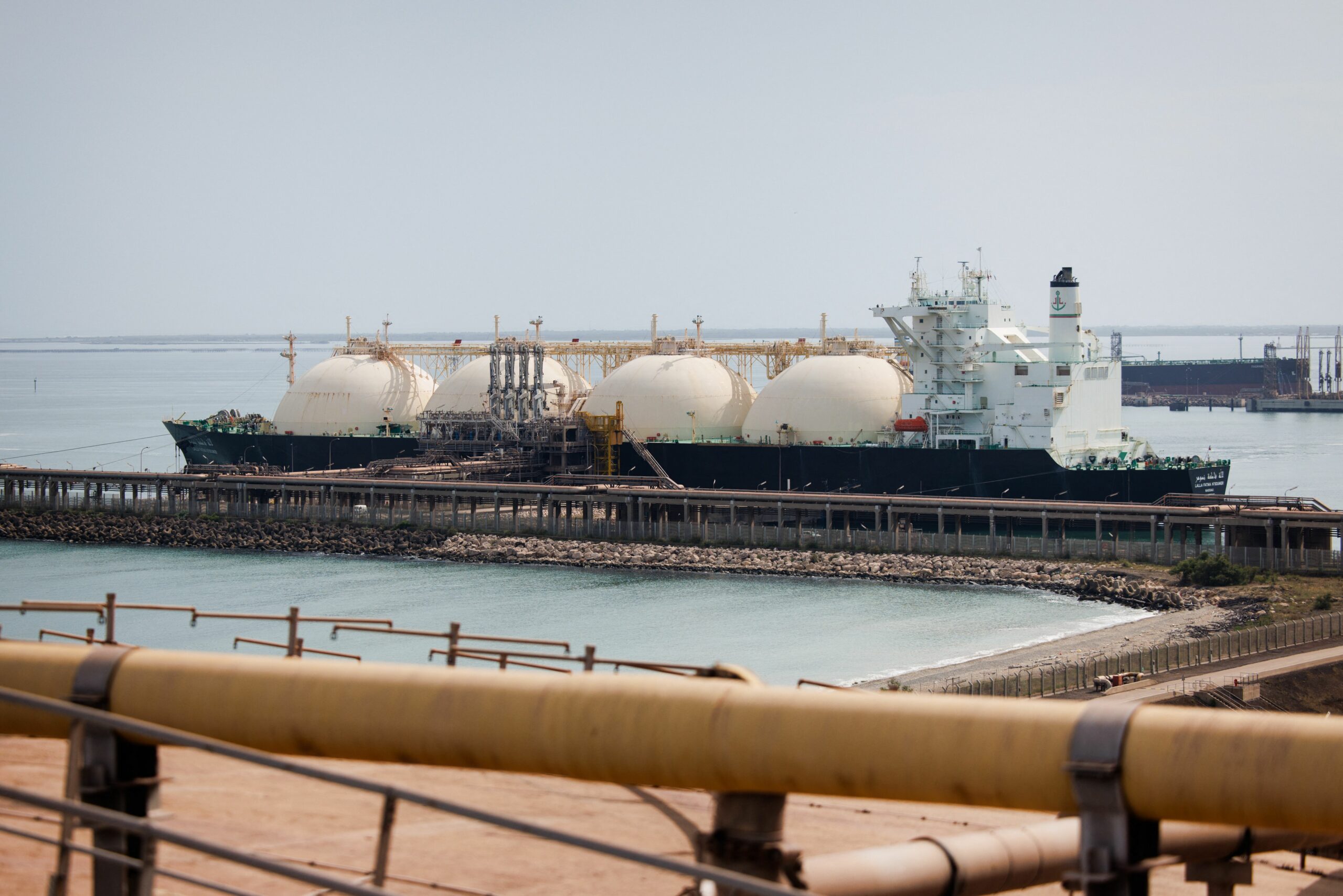It is likely that energy supplies across Europe will remain largely secure for the coming 2023-24 winter; blackouts are very unlikely.
- Energy supplies across Europe will probably remain largely secure for the coming 2023-24 winter, making blackouts very unlikely
- Two potential changes that would make us revise this assessment are Russia cutting off nearly all gas or exceptionally cold weather; these remain unlikely
- But in the coming months, we anticipate that security teams will continue to face some uncertainty and questions about the reliability of energy supplies in Europe
The EU gas storage is already close to its target of 90% capacity for November, and statements by officials indicate that the bloc’s joint gas-procurement agreement is both going to plan and expanding. This along with the EU’s increasing LNG imports seems to show a growing preparedness for, and resilience to, gas shortages and gas price shocks. While questions of energy supply in Europe will probably remain pertinent for security teams, we doubt these will be as pressing as last winter.
Gas storage levels high regionwide
The regional outlook for energy security has improved notably since last year (winter 2022/2023). The average gas storage filling level in the EU is currently around 87%, according to the Aggregated Gas Storage Inventory (AGSI). This is one of the highest levels the bloc has had in the last half decade and around 16 percentage points higher than at the same time last year (71%). It also means that the bloc is highly likely to hit the target of 90% gas storage by November. And it is significant for overall security since gas still makes up at least 25% of Europe’s primary energy consumption, recent official data shows.
The outlook in the UK is similar. There, the gas storage filling level is currently at around 84%. British Gas (the UK’s largest gas supplier) also recently said that it intends to ‘double’ its gas stocks before this winter, and did not indicate a risk of a shortage. This is despite the International Energy Agency (IEA) sharing some concerns in recent months that increasing demand for gas from China could impact the global gas market, including the UK; according to the national grid, 40% of the UK’s energy used in 2022 came from gas. But statements from both British Gas and EU leaders suggest they are more concerned with price volatility than an outright energy shortage.
EU efforts over the past year to diversify imports, such as from Norway and Azerbaijan, and to reduce domestic demand also appear to be contributing towards offsetting the roughly 80% decline in imports of natural gas from Russia in 2022. And mild temperatures are forecast by Copernicus, the EU satellite programme, for much of the coming winter in Europe. That would probably further help to reduce electricity demand from consumers, delaying and lowering the impact of the heating season, as happened in October and November 2022.
EU’s joint gas procurement agreement going to plan
The EU’s joint gas procurement agreement also appears to both be going to plan and expanding. EU officials continue to state that the joint gas-buying initiative is running ‘on schedule’. And in June, Austrian companies joined the scheme as well, expanding its coverage and effectiveness. The scheme enables companies to project their expected gas demand, helping the EU forecast how much supply will be needed. In our analysis, this also signals improved protections against shortages and gas price spikes in the coming years, and a European approach to energy security that is becoming more proactive and strategic.

Outlook for EU’s LNG strategy positive overall
Europe’s apparent strategy of increasing imports of liquefied natural gas (LNG) – an increasingly broad and long-term strategy to diversify its supplies of gas and prevent significant supply shocks – appears to be a key factor in bolstering gas supply security for this coming winter as well. The EU imported just over 130 bcm of LNG already in 2022, a 60% increase from 80 bcm in 2021. And IEA projections suggest that this will continue to rise this year; global LNG supply is expected to increase by at least 23 bcm before the end of this year, due in large part to liquefaction projects in Africa and the US.
In a sign that the EU is preparing for and supporting increases in LNG imports, roughly 34 LNG developments are planned throughout Europe, including at least 12 new LNG infrastructure projects. The region also increased its LNG imports from the US by 137% in 2022 compared with 2021, a trend that seems to be continuing this year, according to European governments’ data. This appears to signal that the region’s approach to LNG is evolving from being a way to bolster gas storage in the near term (12 months) to a longer-term supply option for the medium to long term (five years and beyond).
Blackouts very unlikely
We continue to assess that energy blackouts are very unlikely in Europe this coming winter. We have also not seen updates to energy emergency systems or other significant warnings being issued by any major country in recent months. And based on statements by various European governments over the past year, largely voluntary measures appear to continue to be the preferred mechanism among European governments to limit gas demand. Power cuts appear to be a last-resort option even in the countries most dependent on natural gas.
We would potentially revise this assessment in one of two cases:
- Russia reduces gas flows to Europe to near-zero
- Temperatures in Europe fall well below average levels for an extended period
Some countries in central Europe, such as Austria, Czechia, Hungary and Slovakia, still rely on Russian gas to a significant extent, and unusually cold weather would therefore probably increase this energy security vulnerability further, in our assessment.
Some challenges going forward
Despite the outlook for this coming winter being generally positive, Europe-focused security teams are likely to continue to face some uncertainty and hence questions regarding energy security in the coming months. Gas availability and pricing will be a key area to monitor in this regard, particularly for Italy, France and the UK, where it can make up as much as 45% of energy usage (primary energy mix). But compared with last winter, when we received dozens of client questions about the topic, energy security will probably be less of a priority for security teams.
Image: The tanker boat “Lalla Fatma N’Soumer” delivers LNG to the uploading dock of Cavaou terminal in Fos-sur-Mer on 22 June 2023. Cavaou Photo by Clement Mahoudeau/AFP via Getty Images.




